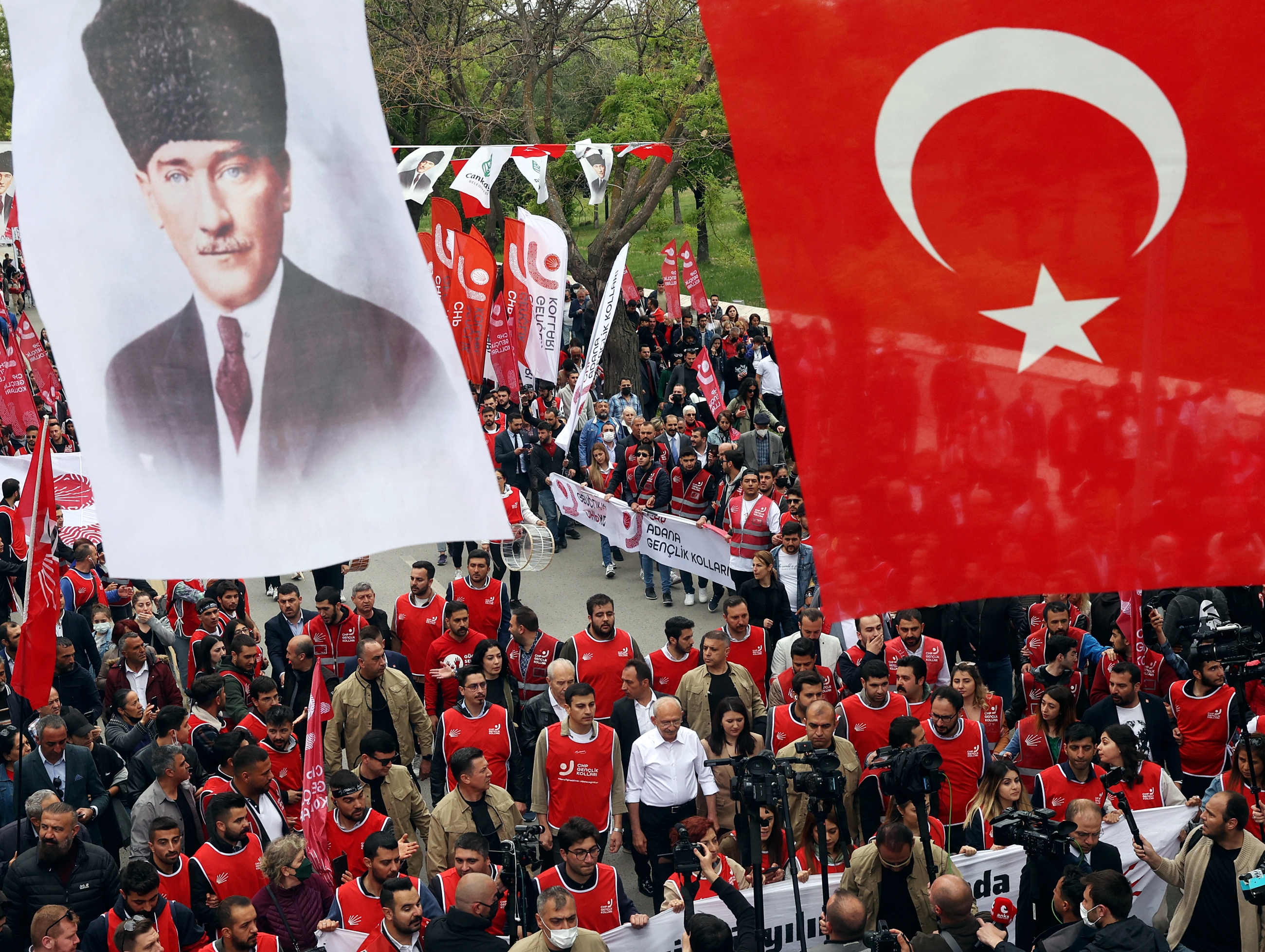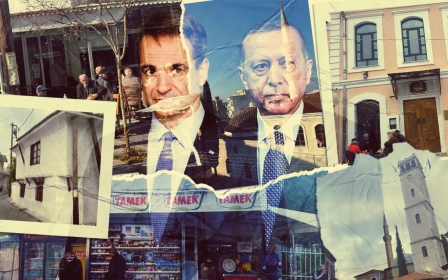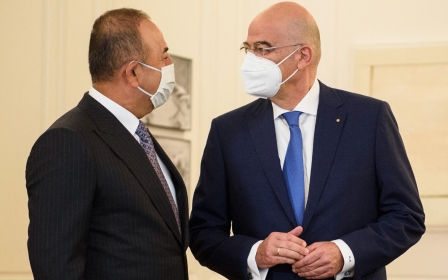At 100 years, the Treaty of Lausanne still provides a powerful lesson

Monday, 24 July, marks 100 years since Turkish representatives of the Ankara government and the Allied Powers signed a treaty in Lausanne, Switzerland. A century later, the treaty is still in force and continues to have a profound impact on Turkey and beyond.
As the First World War came to a close in late 1918, European powers sought to deal a final, fatal blow to the "sick man on the Bosphorus" - as the Ottoman Empire had been referred to in its waning days.
The armistice signed at Mudros on the island of Lemnos on 30 October 1918 provided for an Ottoman surrender and set the stage for Allied occupation and partition of Ottoman lands.
For the first time since Sultan Mehmed II conquered Constantinople in 1453, the city came under foreign occupation. British, French and Italian troops marched into Istanbul.
Sparking a resistance
The Mudros Armistice, signed on 30 October 1918, achieved Ottoman surrender and paved the way for worse to come. It further sparked Turkish national resistance to the Allied occupation which continued through the establishment of the Republic of Turkey.
The approach of the Allied Powers was to carve up what remained of the Ottoman Empire through a humiliating treaty. The infamous Treaty of Sevres, signed on 10 August 1920 by an Ottoman delegation and the Allied Powers, imposed exceptionally punitive measures.
Apart from achieving Allied interests, which included occupying any part of the Ottoman Empire, Sevres aimed to do away with Turkish sovereignty and allocated large parts of the Turkish homeland for Greek, Armenian and Kurdish territorial ambitions.
The detailed treaty comprising 433 articles stands as a shameful document that sought to partition, subjugate and dispossess the Ottoman territories.
While the Istanbul government signed the Treaty of Sevres, the Turkish national liberation movement led by Mustafa Kemal Pasha (later Ataturk) rejected it. The Grand National Assembly, which was established on 23 April 1920 with its seat in Ankara and played a crucial role in the Turkish War of Independence, rejected Sevres in August 1920 and it was never ratified.
The Istanbul government issued what became known as the Istanbul Fatwa, declaring the nationalist forces in Anatolia as "rebels" who threatened the Caliphate and must be fought. Islamic scholars and officials who were supportive of the nationalist forces, however, issued a fatwa of their own. Known as the Ankara Fatwa, the mufti of Ankara, Rifat Borekci, who had been an early supporter of the national resistance, responded on religious terms, claiming that the capital had been under foreign occupation by "enemies of Muslims" and that the caliph's judgement had been compromised.
Much earlier, Mustafa Kemal Pasha had seen the writing on the wall. He set sail from Istanbul for the Black Sea town of Samsun in May 1919 to lead the national resistance movement.
In Anatolia, he provided leadership, organisation and strategic vision to the various resistance organisations that emerged.
A lasting legacy
The War of Independence, which lasted from May 1919 to October 1922 marked a key event in Turkey's history. By rejecting Sevres, nationalist forces embarked on a liberation struggle to rid their land of occupying forces. The result was an armistice signed at Mudanya in the Marmara region in October 1922, which paved the way for a new peace treaty the following year.
'Sevres Syndrome' has become a popular belief in Turkey to describe the practice of western powers imposing double standards on the country and meddling in its affairs
Mustafa Kemal Pasha appointed Ismet Inonu, his top military commander and future successor, as the head of the Turkish delegation at Lausanne. The conference began in late November 1922 and lasted intermittently through July of the next year. Ankara's primary objective was Turkish independence and sovereignty. In other words, it sought the abrogation of Sevres.
During the conference, Turkey and Greece came to an agreement with far-reaching consequences.
The population exchange agreement stipulated in Article 1: "As from the 1st May 1923, there shall take place a compulsory exchange of Turkish nationals of the Greek Orthodox religion established in Turkish territory, and of Greek nationals of the Moslem religion established in Greek territory." The exceptions, as stated in Article 2, were "the Greek inhabitants of Constantinople" and "the Moslem inhabitants of Western Thrace". It is estimated that around two million people left their homelands to resettle in new ones as a result of this agreement.
The Lausanne Treaty marked the culmination of the Turkish War of Independence. With the Ottoman Empire on the losing side in World War I, the Allied Powers resorted to partition and occupation.
Sevres became a symbol which, more than 100 years later, is present in public discourse in Turkey and beyond. In fact, "Sevres Syndrome" has become a popular belief in Turkey to describe the practice of western powers imposing double standards on Turkey and attempting to meddle in the country's affairs.
It was only after the Turkish national resistance movement achieved military victories on the ground from 1919 to 1922 that a repeal of Sevres came about. This is the enduring lesson of 100 years ago. Lausanne is equally significant for what the late BBC journalist Andrew Mango noted in his book, From Sultan to Ataturk: "Of all the treaties concluded after the Great War, the Lausanne Treaty alone has survived."
A century later, Lausanne offers a simple but powerful lesson. It is not principles or norms that determine the outcomes of diplomatic negotiations and the substance of peace agreements, but facts on the ground. That was the case in 1923 and remains so today.
The views expressed in this article belong to the author and do not necessarily reflect the editorial policy of Middle East Eye.
Middle East Eye propose une couverture et une analyse indépendantes et incomparables du Moyen-Orient, de l’Afrique du Nord et d’autres régions du monde. Pour en savoir plus sur la reprise de ce contenu et les frais qui s’appliquent, veuillez remplir ce formulaire [en anglais]. Pour en savoir plus sur MEE, cliquez ici [en anglais].






